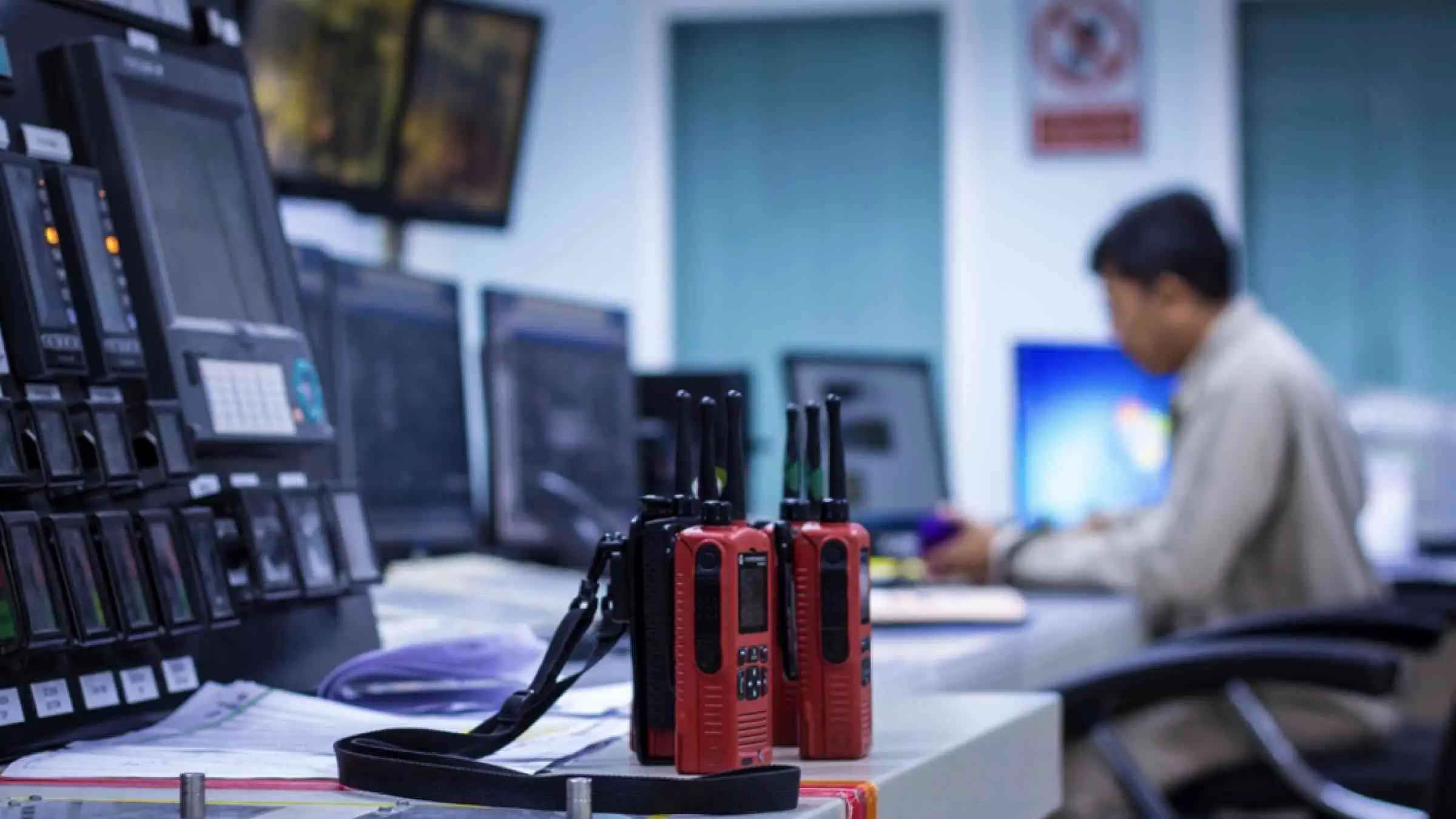Ecmiss | All About its Advantages, Uses, Trends & More
In today’s fast-paced world, quick responses and saving lives depend on good emergency communication systems. In the field of emergency management, ECMISS is one system that has become more well-known. This article goes into great detail about ECMISS, including its features, benefits, uses, and why it is important in the larger field of emergency management.
What does ECMISS mean?
The Emergency Communication Management Information Support System is what ECMISS stands for. It is a complex software platform that makes it easier to talk to each other and keep track of information during emergencies and disasters. ECMISS makes it easier for emergency responders, government agencies, and other important people to work together in real time.
ECMISS makes sure that important data gets to the right people at the right time by combining different ways of communicating and giving people a central place to find information. This ability is very important during events like natural disasters and threats to public safety.
What does ECMISS do for emergency management?
When there is an emergency, things are often chaotic, confusing, and change quickly. Communication problems can cause delays, wrong resource allocation, and even tragic outcomes without a reliable system like ECMISS.
The value of ECMISS comes from its ability to:
- Centralized Communication: It brings together messages from different agencies and platforms, which stops people from misunderstanding each other.
- Give Real-Time Updates: Responders get updates on the situation right away, which helps them make decisions more quickly.
- Improve Coordination: It connects police, fire departments, medical teams, and local government units, among other emergency services.
- Support Data Management: ECMISS keeps track of important incident data, which helps with planning and analyzing what happened after the fact.
- Better Resource Allocation: ECMISS enables you to keep track of your resources and staff so you can put them where they are needed most.
Important Parts of ECMISS
Understanding the main features of ECMISS helps show why it is a game-changer for emergency communications.
Integration of communication across multiple channels
ECMISS lets people talk to each other through a number of different channels, like radio, phone, text message, email, and internet-based messaging. This makes sure that no information is missed, no matter what communication tool different agencies use.
Reporting and logging incidents
Users can report incidents as they happen, and the system automatically keeps track of these events. This makes a detailed timeline of the emergency that can be used to keep track of progress and hold people accountable.
Putting together a Geographic Information System (GIS)
ECMISS helps responders see the affected areas, plan routes, and use resources more effectively by combining GIS maps. This kind of spatial awareness is very important when there are big disasters.
Alerts and notifications that happen automatically
Users get automatic alerts when certain events happen, like when the status of an incident changes, new information comes in, or resources become available. This proactive feature cuts down on the need for manual monitoring.
Access Control and User Role Management
In emergency management, safety is the most important thing. ECMISS has role-based access control, which means that only people who are allowed to see sensitive information can see it.
Tools for reporting and analyzing data
The system has built-in analytics that let you see how well the response worked and where it could be better. You can make reports that are specific to each stakeholder, which helps with openness and planning for the future.
A step-by-step guide to how ECMISS works
Emergency workers and agencies can get ready for ECMISS by learning how it works in real life.
Step 1: Find the incident and enter it
People call the system, sensors send data, or field personnel send reports to let it know about an emergency. The incident is logged into ECMISS, which gives it an incident number for tracking.
Step 2: Talk to each other and work together
Emergency managers send out alerts and work with different departments using ECMISS. The system’s ability to send messages through multiple channels makes sure that everyone who needs to get them gets them right away.
Step 3: Putting resources to use
Using real-time data and GIS visualization, emergency services like ambulances, fire trucks, and police units are sent out in the best way possible.
Step 4: Keeping an eye on things and making changes
As things change, responders add new information to ECMISS. The system keeps everyone up to date on the incident’s status and sends out information to everyone who needs it.
Step 5: Review After the Incident
After the emergency is over, ECMISS puts together a full report that includes the timeline, the resources used, and the results. This helps agencies learn from each event and do better next time.
Uses of ECMISS
ECMISS can be used in a lot of different areas of emergency management and public safety.
Managing Natural Disasters
ECMISS helps coordinate evacuation orders, resource distribution, and recovery efforts during hurricanes, floods, earthquakes, and wildfires.
Safety and Law Enforcement in Public
ECMISS gives command centres timely information for strategic decisions during big events or crises, like terrorist attacks or civil unrest.
Coordinating healthcare emergencies
During mass casualty events, hospitals and medical teams use ECMISS to keep track of patient transport, the number of people in the emergency room, and communication between facilities.
Emergencies in industry and the environment
When there are chemical spills, nuclear accidents, or industrial accidents, ECMISS helps with quick response actions and public notifications.
Advantages of Using ECMISS
Agencies and governments that use ECMISS get a lot of benefits, such as:
- Better Response Times: Faster communication and resource allocation make it easier to respond quickly.
- Better collaboration between agencies: ECMISS connects different organizations on a single platform, breaking down silos.
- Increased Situational Awareness: Regular updates keep everyone involved in the emergency up to date on how things are changing.
- Data-Driven Decision Making: Managers can make better decisions with the help of analytics and reporting tools.
- Lower operational costs: Better coordination and more efficient use of resources can lower the overall cost of emergency management.
- Public Trust: Clear and coordinated responses make people more likely to trust emergency services.
Things to think about and problems
ECMISS has many benefits, but it’s also important to be aware of the possible problems that could come up when it is put into place:
Complicated Technology
Putting together different ways of communicating and data sources takes technical know-how and a strong infrastructure.
Requirements for training
It takes time and money to train emergency workers to use the system correctly.
Privacy and Security of Data
To keep sensitive information safe, you need to take strict security measures to keep people from getting to it or breaking into it.
Problems with interoperability
Compatibility with old systems can be hard to deal with, so careful planning and custom solutions may be needed.
Upcoming Changes and Trends in ECMISS
As technology changes, ECMISS is likely to add new features based on the latest trends to make it even more powerful:
- Integrating AI: AI can help predict what will happen in an incident, make the best use of resources, and automate everyday tasks.
- Cloud-Based Platforms: Cloud solutions will make it easier to share data, scale up, and access data from anywhere.
- Mobile Accessibility: Improved mobile apps will make it easy for responders in the field to work with ECMISS.
- Integration of IoT (Internet of Things): Sensors and smart devices will send real-time data directly to ECMISS so that monitoring is more accurate.
- Better Cybersecurity: Advanced encryption and multi-factor authentication will keep important systems safe from cyber threats.
How to Start Using ECMISS?
Here are the basic steps for organizations that want to use ECMISS:
- Assess Needs: Look at the problems you’re having with emergency communication right now and figure out how ECMISS can help.
- Choose the Right Vendor: Look for vendors that offer ECMISS solutions that can be tailored to the size and needs of your agency.
- Plan Integration: Work with IT teams to make sure ECMISS works with the infrastructure that is already in place.
- Train Staff: Make sure that all users are well-trained by holding thorough training sessions.
- Do drills: Use emergency simulations to regularly test the system and find weaknesses so that it can be made better.
- Review and Improve: Keep an eye on how the system works and change the rules as needed.
Conclusion
ECMISS is an important part of modern emergency management because it helps people talk to each other, work together, and stay in charge during crises. It improves response efforts and saves lives by bringing together information and giving updates in real time.
As emergencies get more complicated, governments and agencies that want to keep their communities safe will need to spend money on a strong system like ECMISS. If you work in public safety, healthcare, or disaster management, learning about and using ECMISS can greatly improve your ability to respond to emergencies.
More to Checkout: Simbramento



